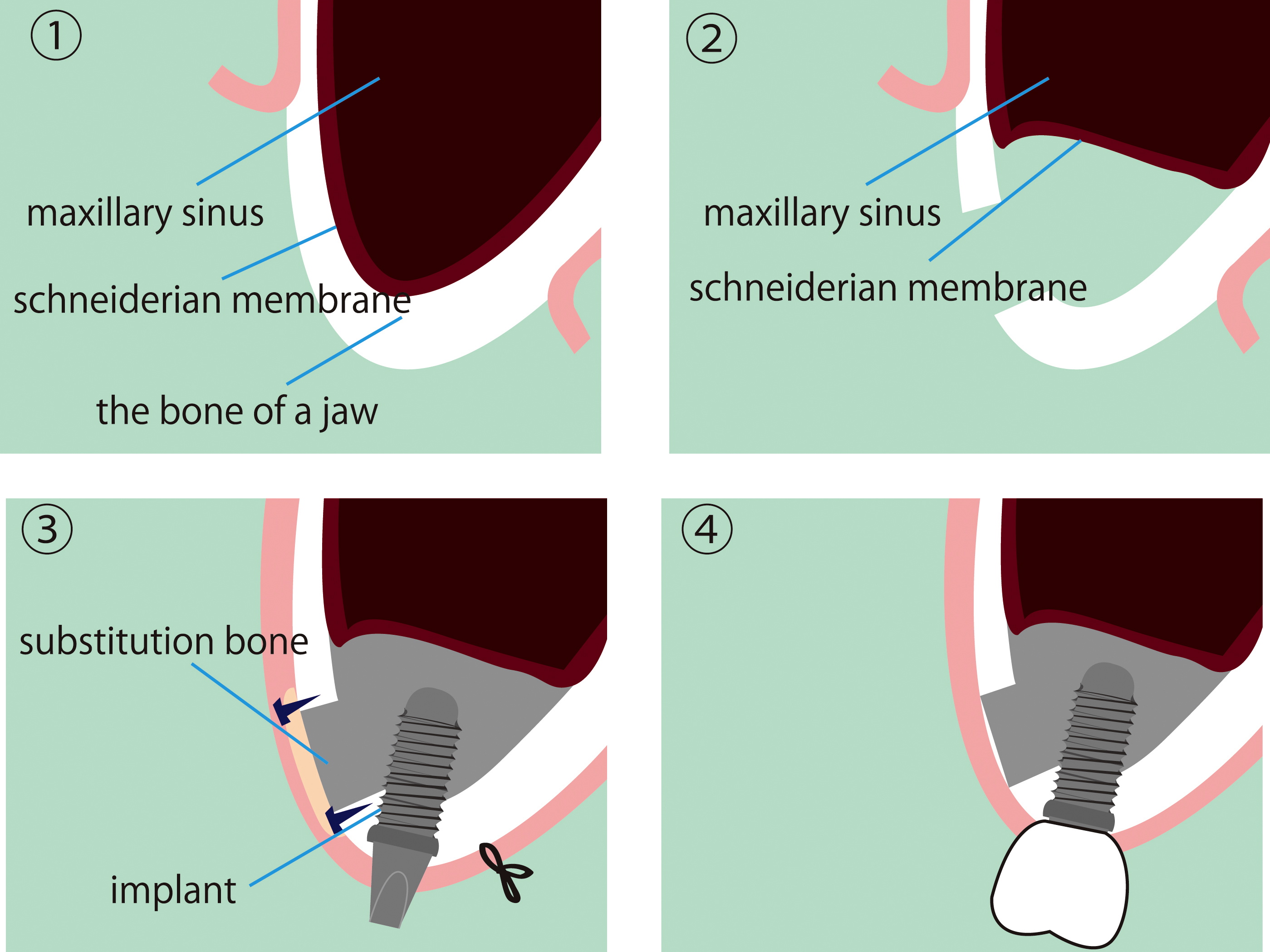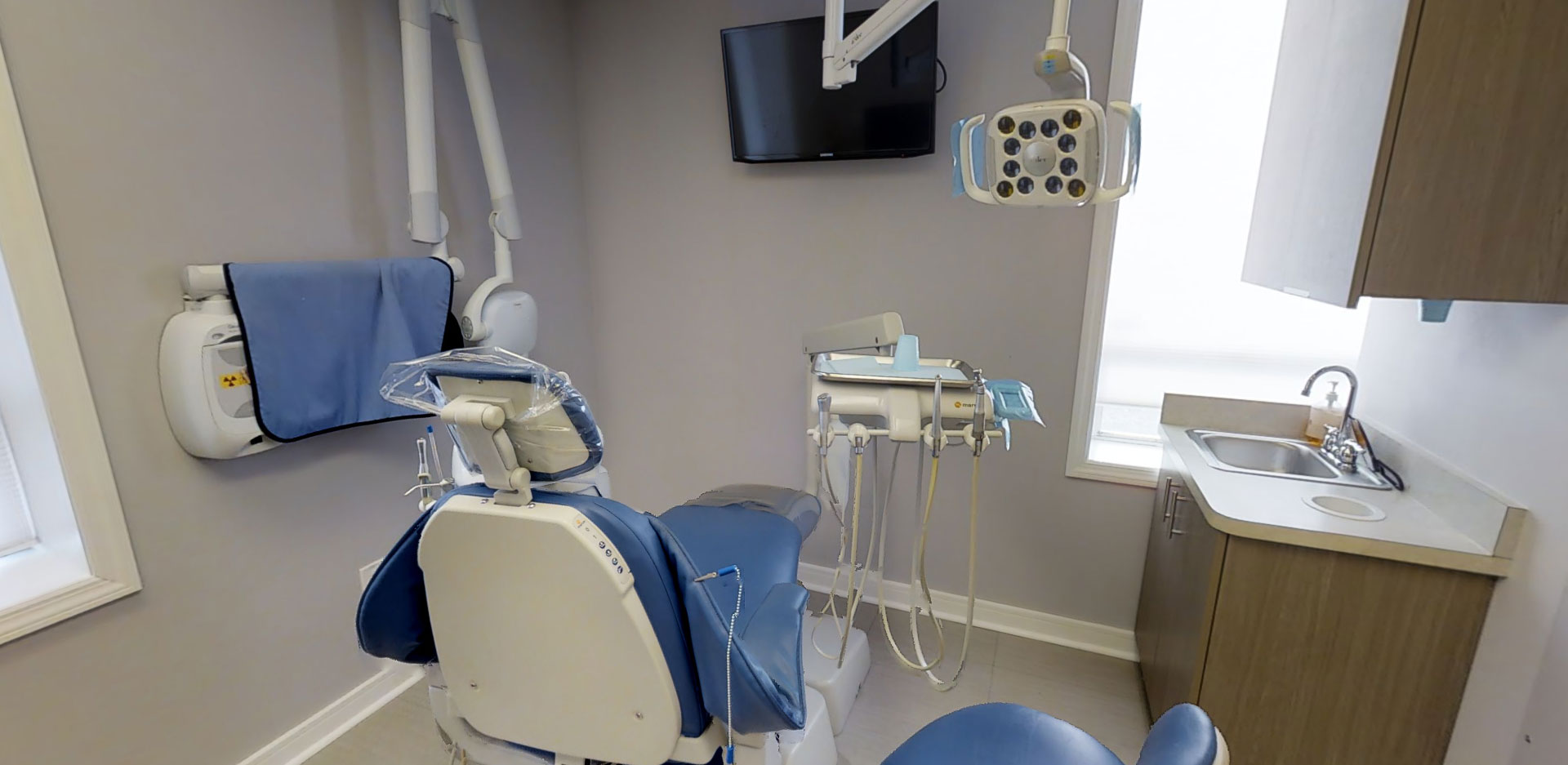
When Is a Sinus Graft or Sinus Lift Performed?
During the last 15 years, sinus lifts have become increasingly common as part of the implant procedure. When you need dental implants but don't have sufficient bone height in your upper jaw, a periodontist may perform a sinus lift. This procedure is also done when the sinuses are too close to the jaw for implants.
Often, when people have lost upper molars or other teeth in their upper jaw, they don't have enough remaining bone for implants to be placed. This is in part because the back of the upper jaw naturally has less bone than the lower jaw.
In addition, you may have lost bone due to gum or periodontal disease or tooth loss. Bone is reabsorbed back into the body when teeth are lost, and if they've been gone for a long time, often the result is too little bone to allow the placement of implants.
Because the shape and size of the maxillary sinus vary from one person to the next, some people find their maxillary sinus is too close to the upper jaw for successful placement of implants. As you age and the maxillary sinus gets larger, the need for a sinus lift can also become apparent.
What Is a Sinus Lift?
A sinus lift adds bone to your upper jaw, usually toward the back of the mouth, near your molars or premolars and between your jaw and your maxillary sinuses, the large open areas on the sides of your nose. A periodontist or an oral or maxillofacial surgeon usually performs a sinus lift, which is also known as a sinus augmentation, lifting the sinus membrane upward to make room for the bone.
Preparing for a Sunus Lift
If the bone used in a sinus lift procedure comes from your own body, it's called autogenous bone. The surgeon can remove this bone tissue from your mouth or, sometimes, from your hip or your tibia (the bone below the knee).
In some cases, a sinus lift uses bone taken from a cadaver, which is called allogeneic bone, or it uses a xenograft, which is bone taken from a cow.
Before the sinus lift, the dentist takes X-rays and sometimes computed tomography or CT scans to study the unique specifics of your jaw and sinus anatomy. These radiology scans let the dentist evaluate your sinus health and measure your existing bone accurately. Because seasonal allergies can affect your sinus health, make sure to schedule a sinus lift when those allergies don't affect you.
What Happens in a Sinus Lift Procedure
Dr. Csillag starts by cutting open the gum tissue at the location of your back teeth, exposing the bone. He then opens a small window in the bone and pushes away the membrane that lines the sinus on the other side of this window and that separates your sinus from your jaw, lifting it away from your jaw.
Next, the doctor packs granules of the material for the bone graft into the space where the sinus was. Usually he uses adds several millimeters of bone above the jaw, though the exact amount varies. Finally, when the bone is in place, he stitches the tissue closed.
The grafted material fuses with your bone over the next four to nine months, at which point, you're ready for your implants to be placed. The exact amount of time needed for the bone graft to mesh with your natural bone depends on how much graft was needed.
Call us today for a free consultation with Dr. Csillag, who will examine your teeth, determine whether a sinus graft would help you and discuss your unique situation.



 (973) 567-7773
(973) 567-7773
